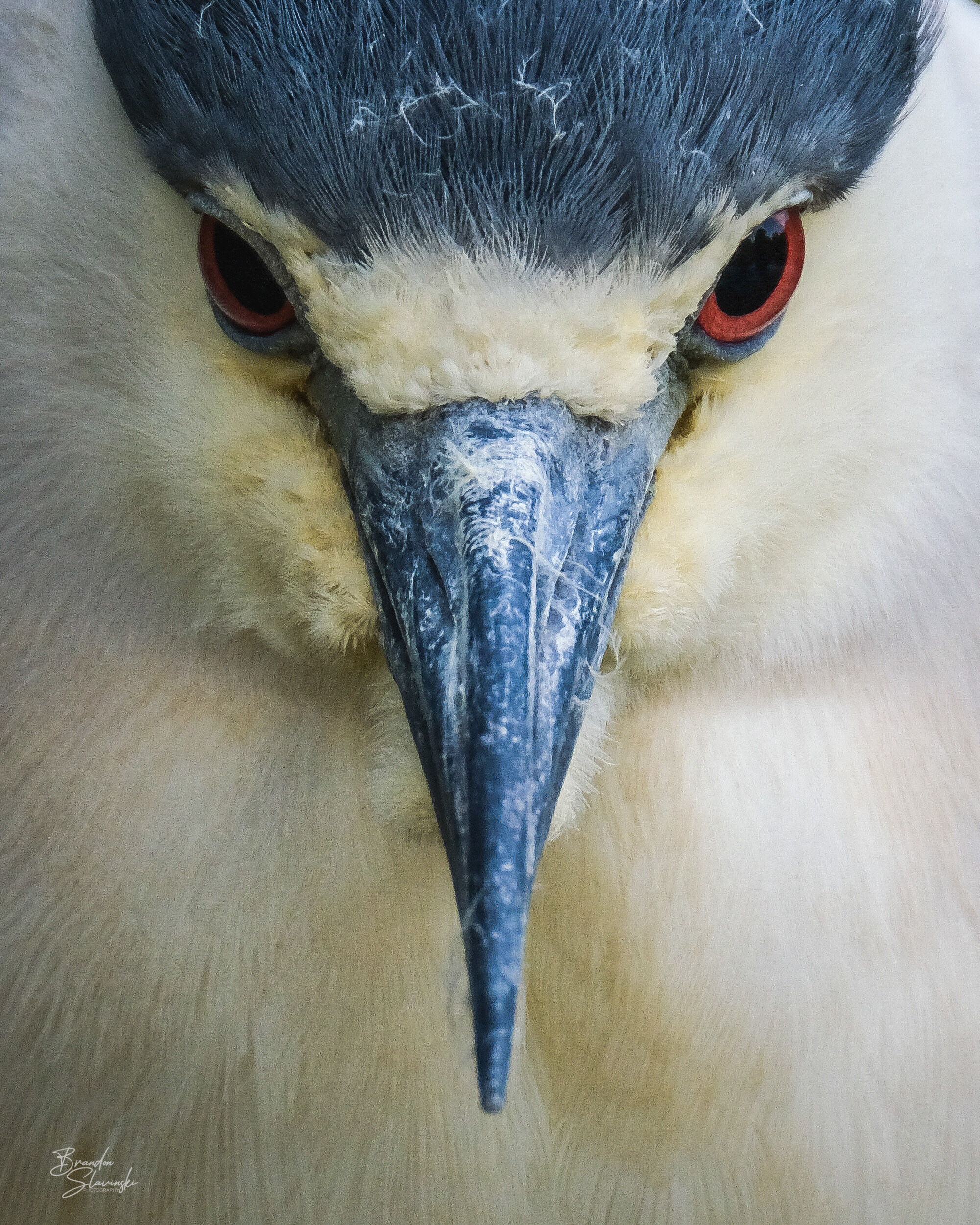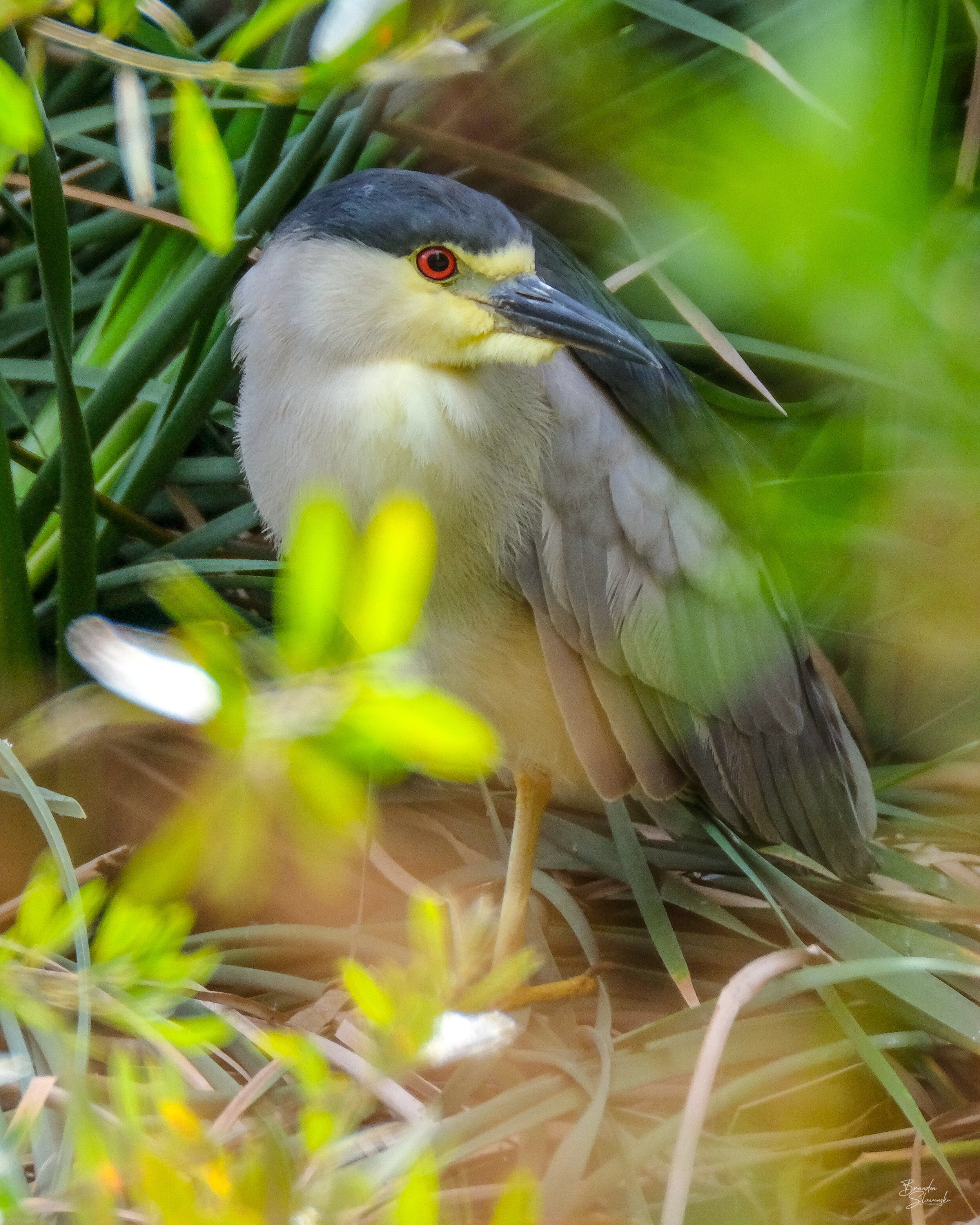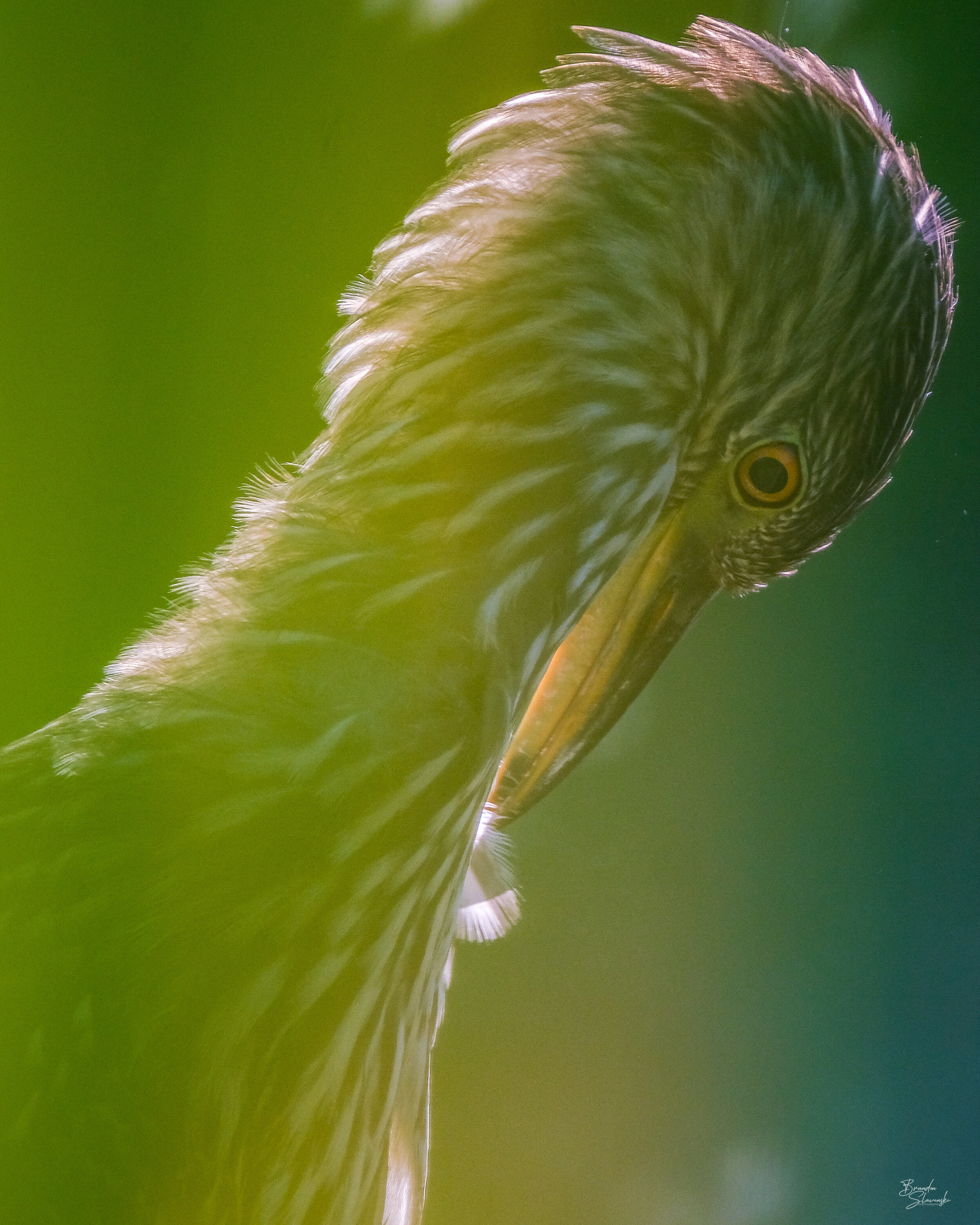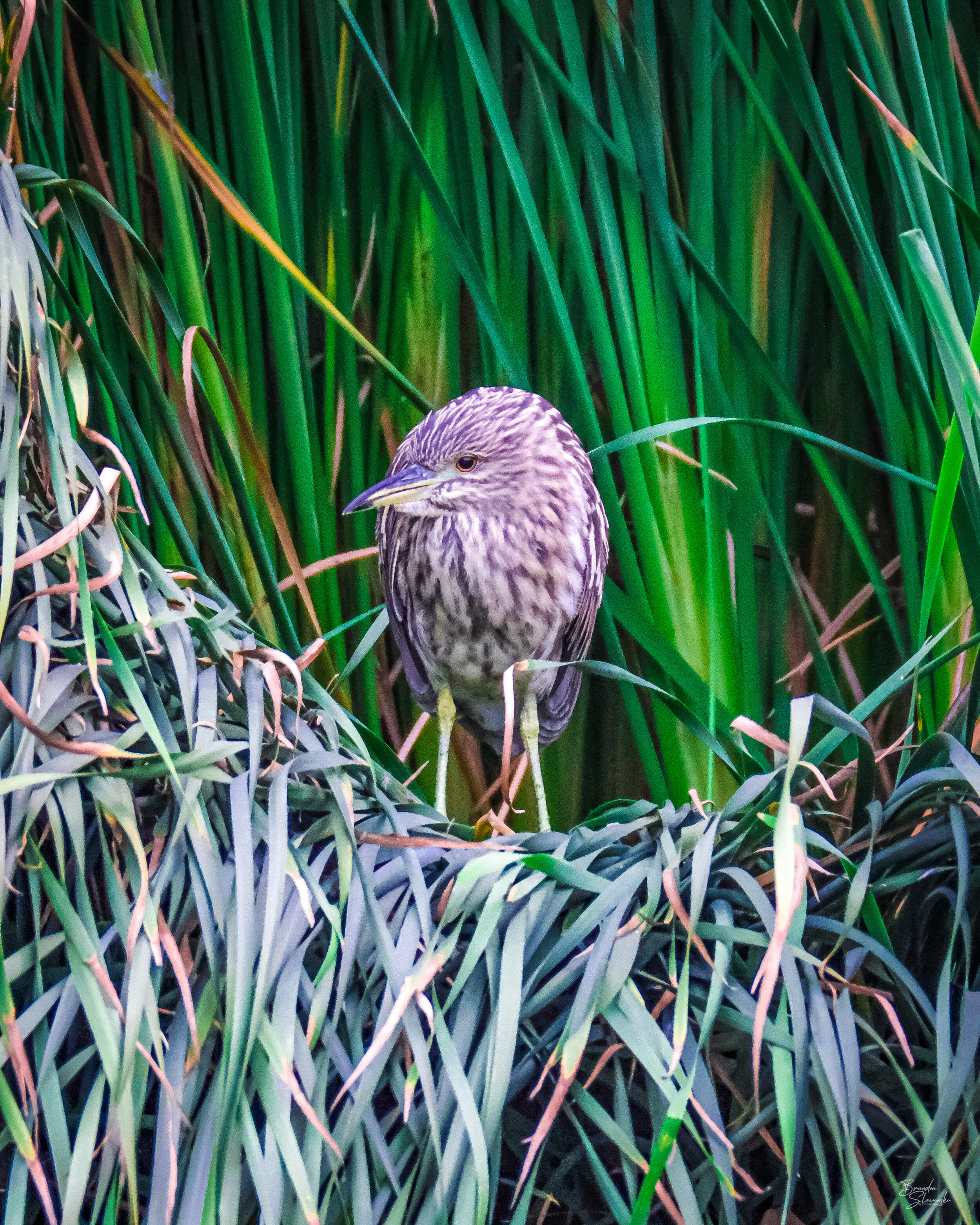The striking gaze of the Black-crowned Night-Heron cuts straight through the lens. With blood red eyes and a beak that resembles that of a plague doctor mask, this common bird may look menacing, but its quirky mannerisms tell a different story. Watch below as these beautiful birds learn to hunt, preen, and find that perfect itch.
Black-crowned
Night -Heron facts:
The Black-crowned Night-Heron inhabits warmer climates worldwide, ranging from North and South America, Europe, and Africa to Asia and the East Indies.
These birds are primarily active during the evening (hence their name), and they inhabit freshwater, saltwater, and brackish wetlands, marshes, streams, lakes, and reservoirs.
Adults possess entirely black bills, while juveniles exhibit yellow and black bills.
Their diet includes fish, krill, crustaceans, frogs, insects, small mammals, and occasionally small birds.
Although they typically hunt solo, Black-crowned Night-Herons nest together in colonies.
Some of these colonies have been known to remain together for over 50 years.
During the breeding season, a long, thin, white head plume appears on these birds.
A breeding Black-crowned Night-Heron will care for any chick placed in its nest, even those that aren't its own offspring.
Juveniles leave the nest at only one month old and aren't capable of flying until they are six weeks old.
In the wild, Black-crowned Night-Herons can live for approximately 20 years.
On any adventure, I bring along my trusty Fujifilm X-T3 with the XF100-400mm + 1.4x TC, which is securely fastened to my backpack using a Peak Design Capture 3.0 Camera Clip. This setup not only makes me more mobile but also enables me to act quickly when I spot wildlife. Depending on the situation, I switch between photo and video modes to capture a variety of media to share. While I would prefer to use a tripod for crisper content, it can limit mobility and result in missed opportunities.
The first photo below is likely one of my favorite photos I've ever taken. As a photographer, there's no better feeling than when a creature connects with your camera and offers you their best. Scroll through to see more Black-crowned Night-Heron photos taken throughout Southern California.







